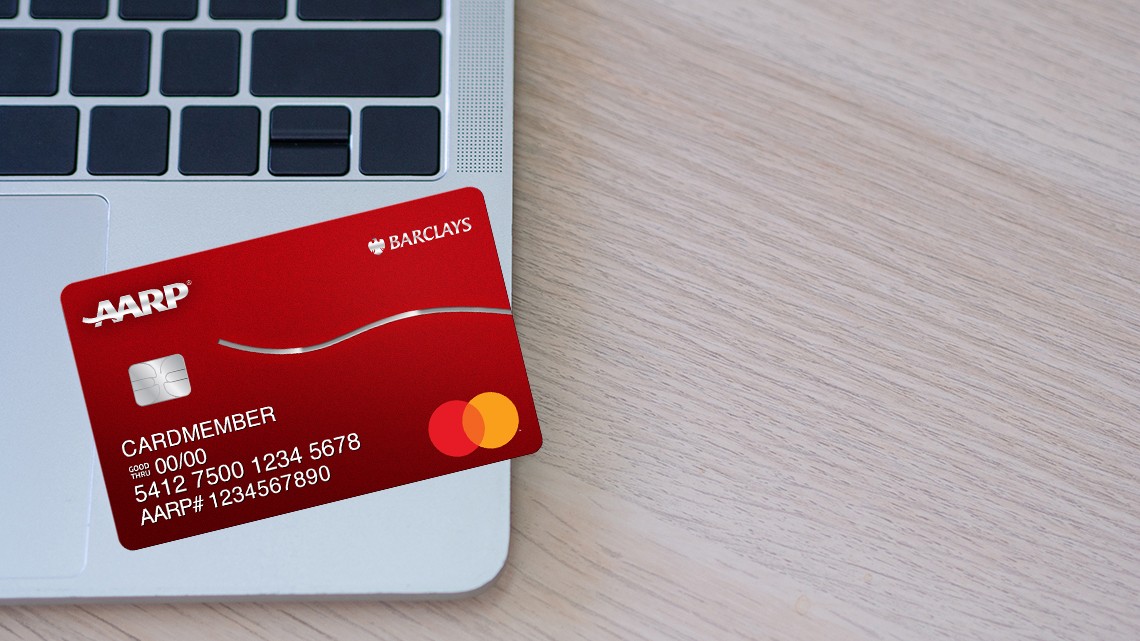Staying Fit
The festive season means fun with friends and family, goodwill and giving. Sadly, it's also a prime time for cybercrooks to cook up nefarious schemes.
About 80 percent of U.S. consumers have experienced or been targeted by at least one form of fraud that can be tied to the holidays, including requests from (often fake) charities, online shopping scams and fraudulent communications about shipping problems, according to a 2023 AARP Fraud Watch Network™ report, “Holiday Fraud: Fight Back Against Joy-Stealing Criminals.”


AARP Membership— $12 for your first year when you sign up for Automatic Renewal
Get instant access to members-only products and hundreds of discounts, a free second membership, and a subscription to AARP the Magazine.
Most scams are variations on everyday fraud, ramped up to match seasonal spikes in spending and web traffic. Not surprisingly, they often center on shopping, especially online. As real retailers roll out their seasonal deals, scammers seek to snare bargain-hunting shoppers with bogus websites and social media campaigns that impersonate major brands. These “spoofing” sites and fake posts and ads entice you to spend money for products you’ll never receive.
Many bogus offers are vehicles for harvesting credit card numbers and other personal data that criminals use to commit identity theft or sell on the dark web. Scammers may distribute malware-loaded links or attachments via supposed coupons or “order confirmation” emails. Fraud involving drained gift cards — hugely popular for both giving and receiving — also shift into high gear.
Other hallmarks of the season provide grist for grifters:
- Charity scams: One-third of all charitable giving is done in December, reports fundraising software company Network for Good. That means more sham charities exploiting Americans’ goodwill via fake websites and pushy telemarketers.
- Delivery scams: As holiday packages crisscross the country, scammers send out phishing emails and texts disguised as UPS, FedEx or U.S. Postal Service notifications about incoming or missed deliveries. Links lead to phony sign-in pages asking for personal information, or to sites infested with malware.
- Travel scams: Some criminals send scam emails and texts offering promotions such as free flights to get you to share credit card information or click on links that download malware. Also be wary of the many spoofed websites pretending to be legitimate hotels, airlines and other travel-related businesses.


































































More on Scams and Fraud
Should You Stop Using Paper Checks?
Other forms of payment may be safer as mail theft and check-washing cases surge
Tech Support Scams Are Rampant in 2023
How to thwart criminals who pretend to fix computer problems but steal your money instead